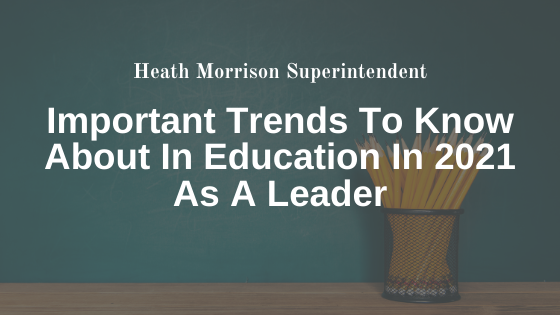The COVID-19 pandemic has impacted education in some very significant ways. As educators began working with students remotely, it quickly became evident that the challenges of remote learning presented significant growth opportunities for both teachers and school administrators. (The early challenges presented in education were not unlike those experienced in the private sector) As a result, there has been a push to make a number of changes to how teaching and instruction is delivered to students. Here are a few changes that are trending in multiple communities throughout the country.
Teachers Will Need Some IT Knowledge
Working from home offers a viable solution when teachers and students engage in traditional in-person learning. However, this means teachers will need to possess basic IT skills to ensure they can keep their virtual classrooms up and running. In addition to solving technical problems on their end, teachers will also need to have the expertise to help students solve technical issues at home. While they may not need an advanced understanding of computer technology, it’s clear that they will need some basic skills. Remote learning and IT skills will need to become a larger component of teacher professional development.
Altered Reality Will Improve the Learning Experience
While the technologies are still being improved upon, virtual reality (VR) and augmented reality (AR) are both already used in the private sector. There are also plans to adopt these technologies to the education experience with the hope that it will help teachers and students communicate more effectively. Listening and comprehension are more efficient when the speaker and the audience are all in the same room. When this isn’t physically possible, both VR and AR make this a possibility in the digital realm.
Teacher Performance Reviews Will Change
Evaluating teacher skills and performance will become more important than ever, but this process will also become more difficult to complete. When teachers conduct their lessons online, it becomes more challenging for an administrator to sit in on a lecture. Since measuring student interaction in a remote setting is difficult,, new methods for evaluating teachers will have to be developed. The evaluation is more vital in a virtual setting because a teacher who does not positively impact their students will have to alter their approach. They may need additional training that will help them develop instructional approaches that are more effective for online learning.
As these trending ideas suggest, we need to take a closer look at how to best deliver quality instruction to students. In most cases, this involves making sure students have the resources and access to educators that will keep them highly engaged in a remote setting. By considering these trends and making the necessary updates to educational systems, teachers and student performance will improve in both in-person and remote learning.

